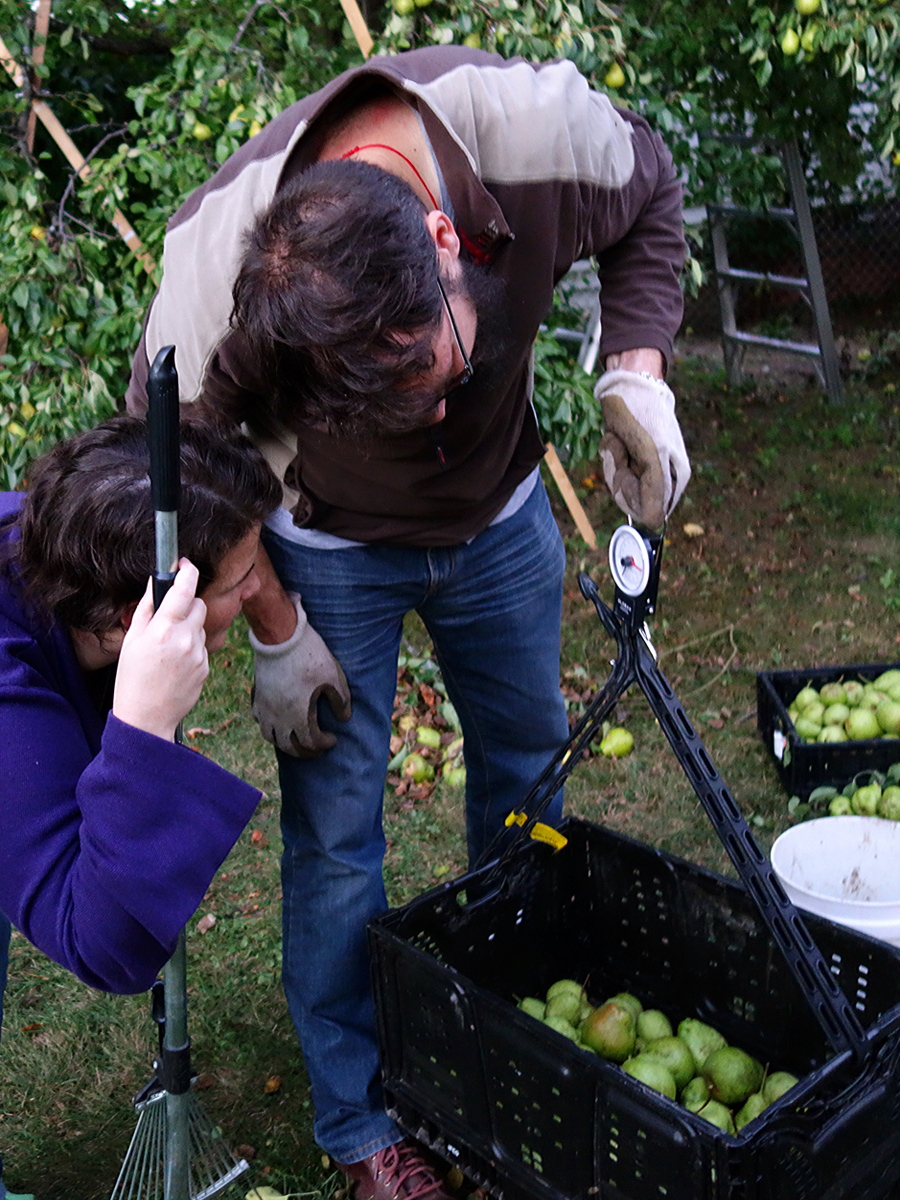Gleaning in the 21st Century: Urban food recovery and community food security in Ontario, Canada
DOI :
https://doi.org/10.15353/cfs-rcea.v6i1.264Mots-clés :
gleaning, food provisioning, food securityRésumé
Historic gleaning activities in Europe took place in farmers’ fields where gleaners could collect the leftovers of the harvest. One of the primary motivations for modern gleaning in Canadian cities is to donate fresh food to local organizations such as food banks. As there is currently little research in this area, this study aims to explore how gleaning initiatives contribute to community food security. The study is based on interviews and surveys with volunteers from several gleaning organizations in Ontario, combined with the Dietitians of Canada’s Food Security Continuum (FSC) as a framework for analysis. Findings include that gleaning contributes to all three stages of the FCS: initial food systems change, food systems in transition, and food systems redesign for sustainability. Respondents felt that while the amount of food harvested could be scaled up, there were benefits that augmented community food security, such as increased food literacy, food awareness, community cohesiveness, and a fresh food supply. Overall, this study improves our understanding of how gleaning initiatives can contribute to community food security. With better ongoing support from the community and on the policy agenda, such projects could further enhance their impacts.
Téléchargements
Publié-e
Comment citer
Numéro
Rubrique
Licence
Les auteurs qui publient avec cette revue acceptent les conditions suivantes: Les auteurs conservent les droits d'auteur et accordent à la revue le droit de première publication avec l'œuvre sous licence simultanée Creative Commons qui permet à d'autres de partager l'œuvre avec une reconnaissance de la paternité de l'œuvre et de la publication initiale dans cette revue. Les œuvres publiées dans RCÉA/CFS avant et incluant le vol. 8, n° 3 (2021) sont sous licence Creative Commons CC BY. Les œuvres publiées dans le vol. 8, n ° 4 (2021) et après est sous licence Creative Commons CC BY-SA. Les auteurs peuvent conclure des accords contractuels supplémentaires séparés pour la distribution non-exclusive de la version publiée de l'ouvrage par la revue (par exemple, l'ajouter à un dépôt institutionnel ou le publier dans un livre), avec une reconnaissance de sa publication initiale dans ce journal. Les auteurs sont autorisés et encouragés à publier leurs travaux en ligne (par exemple, dans des dépôts institutionnels ou sur leur site Web) avant et pendant le processus de soumission, car cela peut conduire à des échanges productifs, ainsi qu'à une citation plus précoce et plus importante des travaux publiés. (En savoir plus sur le libre accès.)





